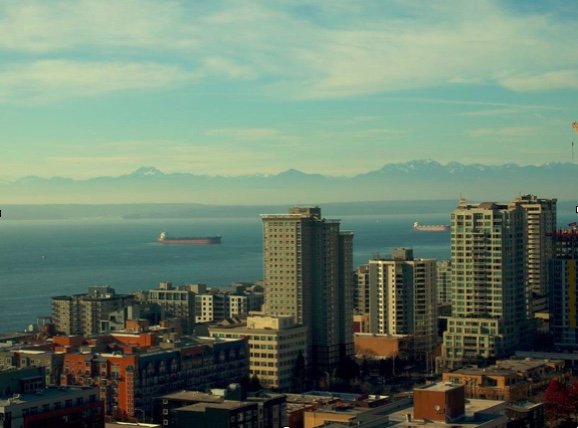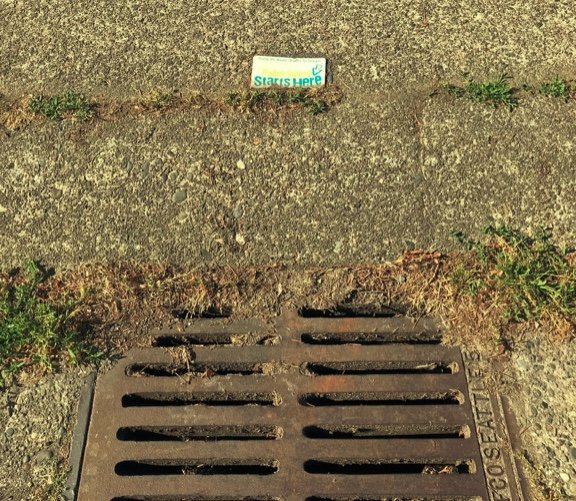David's Desk is my opportunity to share thoughts and tools for the spiritual journey. These letters are my personal insights and opinions and do not necessarily reflect the sentiments or thoughts of any other person in Lorian or of Lorian as a whole. If you wish to share this letter with others, please feel free to do so; however, the material is ©2022 by David Spangler. If you no longer wish to receive these letters, please let us know at info@Lorian.org.
The Light is Born
This month we are celebrating the Light of the Sacred, the Light of Life. Depending on our traditions and preferences, we are celebrating the return of Light, the birth of Light, the miracle of Light, the presence of Light, or all four
In thinking about this, what interests me is the relationship between Light as a universal quality and Light as embodied and manifested in individual people such as you and me. There is often a curious dichotomy here. In my work over the years, I have often met people who can readily accept the existence of a universal presence of Light active in the cosmos but who have difficulty accepting that this Light is in them, as well. The jump from the universal to the individual is too great to take. This may be expressed in phrases like “I’m not worthy,” “I’m no saint,” or “maybe someday, I’ll get there.”
Of course, the reality is that if Light is truly a universal quality, then it is everywhere, in everything, and in everyone. In Incarnational Spirituality, there is the concept of “Self-Light,” which is simply the Light that each of us always carries innately as part of who we are. It is our unique embodiment and expression of a universal quality. We may not recognize it, we may ignore it, we may forget about it, but it is always there, nonetheless.
Part of the challenge of recognizing our own inner Light comes, I believe, from a dichotomy that has become part of Christian teaching. This month, Christians celebrate the birth of Christ, the Light taking flesh in the person of Jesus. The idea that the Sacred, the Source and Presence of Light, can embody in a human individual is the original incarnational spirituality. Unfortunately, early on in the history of institutional Christianity, it was proclaimed that this embodiment only ever occurred once and only in one individual, which is a denial of the very essence of Jesus’s teachings.
But it’s not only Christianity that can separate the universal from the individual. In my years in the New Age movement, it was commonplace to hear people talk about “Christ Consciousness” or the “Cosmic Christ” while leaving Jesus out of the equation. But this can leave us out of the equation, too. We are not universal people, we are specific people, with specific characteristics and connections to the world. We are the dream made flesh, not just the flesh dreaming.
Some of this was certainly in reaction to the institutional Christian teachings that made a Christed awareness and presence the exclusive property of only one person. But universalizing the Christ without also celebrating its grounding in a human person only risks perpetuating the separation between the universal and the particular.
As long as the Light, whether I call it Christ or by some other name, is something I aspire to, it is safe. It’s “out there.” It’s the embodiment of the Light that can be scary. After all, who am I if I become the Light? Do I become more than human or other than human? We may fail in our attempts to embody the Light only because we cannot imagine the Light as other than universal. We can’t imagine how Light can be part of our ordinary lives. It has to be extraordinary, we may feel, which means that we have to be extraordinary, too. How many of us feel up to that? What we forget is that if Light is truly a universal, cosmic quality, pervading all existence, then it is supremely ordinary and normal. To be Light is the most normal thing in the universe. It is divinely ordinary.
This is one reason I’m happy to celebrate the Christmas nativity story this month as a celebration of the mystery of the universal becoming specific, the Light becoming embodied. It is a birth, I believe, that is happening in all of us, if we will only acknowledge it.
A few years ago, for one of my classes, I developed a Self-Light exercise using the Christmas Nativity as a template. I offer it here as my gift to you this Season. May the Light be with you AND be you always!
NATIVITY SELF-LIGHT EXERCISE
Picture in your mind the nativity scene in the Christmas tradition. Three kings, shepherds, animals, Mary and Joseph, and angels are all around a crib in which a baby is lying, while in the sky above, a bright star sheds its radiance below.
Now imagine your point of view shifting from that of an observer to that of a participant in this Nativity scene. And not just any participant. You are the baby lying in the crib.
Imagine yourself lying there, warm in swaddling clothes, your loving parents looking at you from above. Kings are watching over you reverently. Shepherds are gazing upon you with awe. Animals press close to be one with you, the life of the earth surrounding you and welcoming you. Angels looking protectively and lovingly down upon you.
Feel yourself held in the gaze and love of all these people and beings. Feel yourself sinking into the warmth of the cradle. Feel yourself being embraced by Earth itself, welcoming you and rejoicing that you are here.
As you lie there, allow yourself to sink deeper and deeper into this welcome, this warmth, this love.
As you do, you feel yourself surrounded with Light, sinking into Light, your own Light expanding in response.
In the midst of this Light, you feel the Light of the Star above shining down into you, merging with your Light.
In the midst of this Light, you feel the Light of the earth below shining up into you, merging with your Light.
As you lie in this crib, surrounded by parents and angels, kings and shepherds, animals and birds, all the creatures of the world, feel the Light of the Star, the Light of the Earth and your own Light blending, becoming one. And as they do, YOU are born.
YOU, a Being of Light, one with Stars, one with Earth, one with humans and creatures and angels.
YOU, an emergence of Light, the Light that Renews, Heals, Blesses, and Unfolds the sacred within all the world.
YOU, an embodiment of Gaia, the spirit of the whole Earth, human and non-human, land and sea.
Feel yourself as this Light. It is your Self-Light…..your Christmas Self-Light.
As you feel this Light that you are, you rise up, no longer a baby. You have been born, and you are now a Person of Light, standing free, strong, sovereign, and connected upon the Earth, a Gaian Person.
Let this Light that you are now be a blessing to your world.
An Experiment
One of the advantages of David’s Desk being digital is that I can do things I couldn’t if it were printed. My Lorian colleague and friend, James Tousignant, and I do podcasts together. He thought it might be interesting to you, my Reader, if he and I were to have a discussion around the theme of that month’s essay and then add the audio at the end. That way, you could both read my thoughts for that month and also listen to me talk about them with James. So, without further ado, here is this month’s conversation. I hope you enjoy it and the added dimension it brings to David’s Desk.







